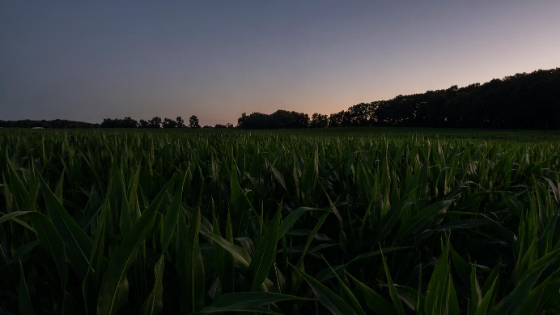On June 24, California became the first state in the country to pass a workplace safety law aimed at protecting nighttime agricultural workers. This particular group faces unique hazards due to reduced visibility conditions but, until now, has remained unprotected.
Now, California has outlined safety standards designed to keep employers accountable and ensure that workers can go home to their families safe and sound. Employers now know the minimum requirements for safety and can have action taken against them if they fail to meet those requirements.
Here’s a closer look at what the law entails and what it means for employers and employees alike.
What is the Law?
The new standard, passed by the California Division of Occupational Safety and Health (Cal/OSHA), is designed to protect agricultural workers who work at night. This includes any employees who harvest, operate machinery, and perform other labor between sunset and sunrise.
It pertains specifically to lighting for nighttime agricultural workers. As the Cal/OSHA chief, Doug Parker, noted, “Agricultural workers face additional hazards at night when visibility is limited. These common-sense standards will enable workers to see hazards and also make them visible to operators of tractors and other equipment.”
Details of the Law
The new standards became effective on July 1 after review by the Office of Administrative Law. They will be published in title 8, section 3441 (Operation of Agricultural Equipment) and section 3449 (Outdoor Agricultural Operations During Hours of Darkness).
Beginning July 1, all agricultural employers are now required to evaluate their worksite’s lighting needs at the start of a shift. They are further obligated to provide adequate lighting for workers to perform tasks safely and ensure that the appropriate protective measures are taken to ensure visibility. Furthermore, all tractors, trucks, and self-propelled farm equipment must be equipped with at least one headlight.
Lighting must be provided at the appropriate level for all of the following:
- Task lighting on maintenance work and equipment
- Task lighting for operations that may cause cuts, lacerations, or punctures
- Meal, meeting, and rest areas
- Restrooms
- Pathways leading to restrooms and drinking water
- Areas around restrooms and drinking water
- Intermittently exposed and exposed points of operation equipment
- Operationally exposed moving parts of machinery
- Poultry-harvesting or capturing procedures
- Otherwise unspecified agricultural areas
All lighting must be set up to minimize glare for workers, using the proper glare reduction equipment. Workers must also be provided with high-visibility clothing and PPE to further minimize risk to workers and operators.
Stay Up-to-Date on the Latest Compliance Issues
This law is just one example of how quickly workplace safety law can change. As an employer, it’s your job to ensure that you stay up-to-date on the latest changes.
That’s where we can help, with compliance obligation software that makes it easier than ever to know where you stand, what’s expected of your workplace, and how you can ensure your employees go home safe at the end of the work day.
